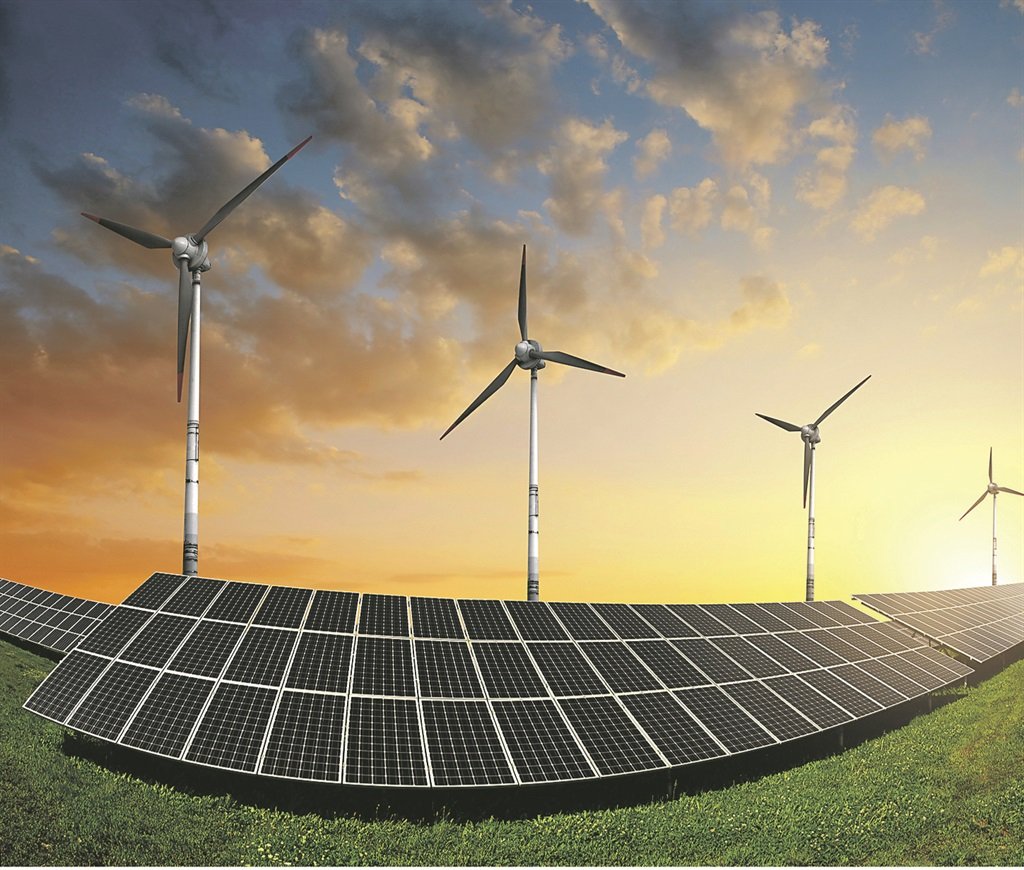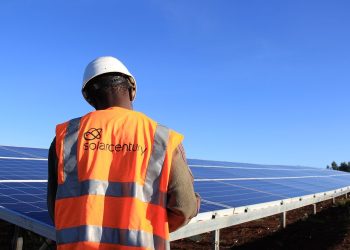
Namibia plans to generate 143 GWh of green baseload electricity by 2030 as part of its clean energy push under the recently launched Sixth National Development Plan (NDP6).
The target forms part of the country’s strategy to use its solar and wind resources to develop a green hydrogen industry and reduce dependence on fossil fuels.
“The main aim is to ensure that green hydrogen will boost economic growth and employment creation while minimising the environmental impacts. By 2030, green baseload electricity produced [will increase] from 0.0 GWh to 143 GWh,” the NDP6 report states.
The government has also prioritised skills development to support the transition. According to the report, around 180 students will be trained this year under the Youth for Green Hydrogen Scholarship Programme.
The sector is expected to create more than 30,000 jobs by 2030, up from around 800 currently.
The report notes that over N$1.6 billion has already been invested in green hydrogen projects, with total commitments now exceeding N$3.5 billion.
Key projects include the Daures Green Hydrogen Project, Cleanergy Solutions Namibia, Hyphen Hydrogen Energy, the Envision-Zhero Ammonia Plant, Hydrogen de France (HDF), and the HyIron Oshivela Project. These are expected to produce 1.3 million tonnes of green ammonia and 2 million tonnes of direct reduced iron annually by 2030.
The government also plans to develop common-user infrastructure to support the sector. This includes port facilities, pipelines and storage tailored for green hydrogen.
“This infrastructure development is also anticipated to generate thousands of construction jobs, contributing to Namibia’s socioeconomic objectives and industrial growth,” the report says.
It adds that partnerships with global companies, neighbouring countries and export markets will be key to reducing the risks of such large-scale infrastructure investments.
To attract more investors, the report outlines plans for Green Hydrogen Special Economic Zones (SEZs), along with supportive policies and incentives.
It also confirms that Namibia will use the Contracts for Difference (CfD) model to close the cost gap between fossil-based and green ammonia, making projects more bankable.
Local manufacturing is another focus, with efforts under way to produce solar panels and electrolysers domestically. The report says this will help reduce imports and support the growth of advanced manufacturing.
Environmental and social assessments are also being carried out to guide project development and ensure biodiversity protection, especially in areas identified as green hydrogen valleys.







